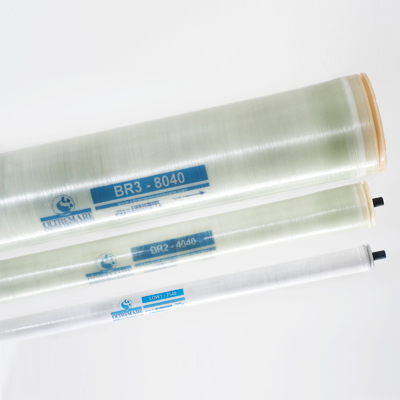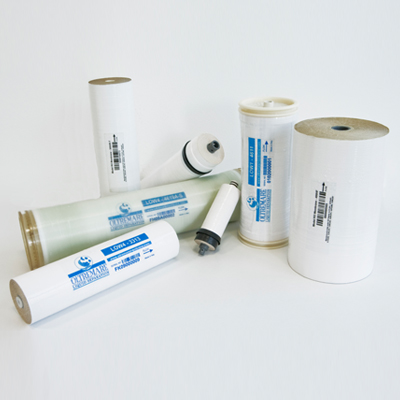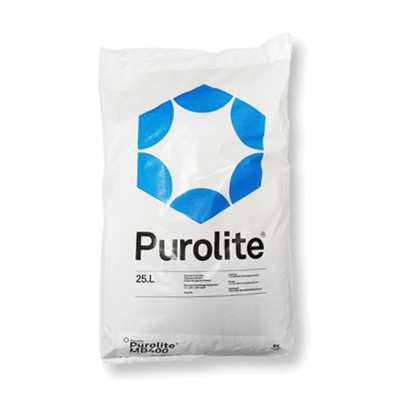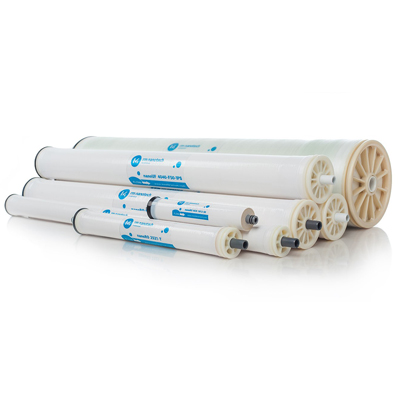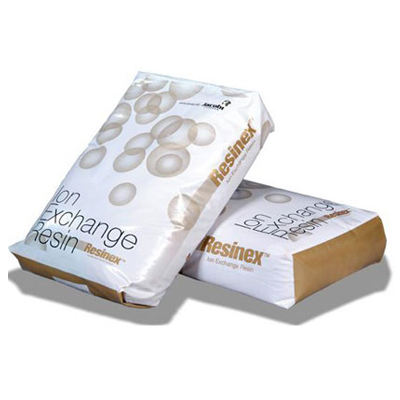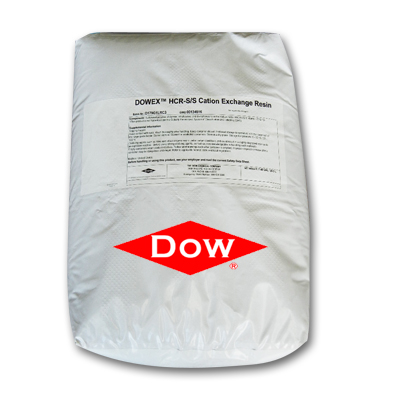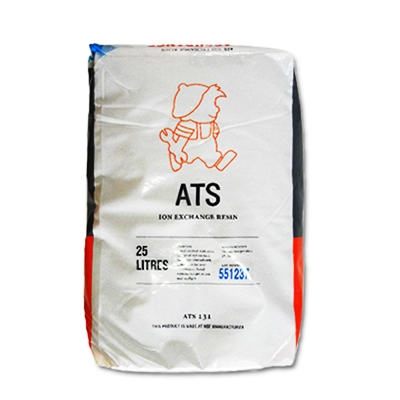PRODUCT INFORMATION
Factors Affecting Water Softener Exchange Volume II
- front page
- product
- Water Treatment Technology
- Technology Development Department
- Factors Affecting Water Softener Exchange Volume II
Product Information
- heat treatment
-
water treatment
- Arsenic remover
- Desulfurizer
- Deaerator
- Water softener (calcium and magnesium ion removal)
- Carbon filter (removes odor and residual chlorine)
- Sand filter (removal of suspended impurities)
- Iron remover (removal of iron and manganese ions)
- RO water purifier
- Pre-backwash filter
- UV ultraviolet sterilizer
- Ion exchange resin
- reverse osmosis membrane tube
- quick filter
- Various tanks for water treatment
- Various application filter media
- 美國 Clack Clark control valve
- 美國 Fleck Control Valve
- 美國 Pentair Control Valve
- 美國 Autotrol Control Valve
- Runxin Control Valve
- Injection treatment
- Technology Development Department
-
brand
- Demo brand
- US DOW
- IDEX USA
- US CLACK
- EMERSON, USA
- American PENTAIR
- SIEMENS Germany
- American PULSAFEEDER
- Denmark DANFOSS
- Thailand HAYCARB
- France SUNTEC
- UK PUROLITE
- Japanese NOP
- Japan OLYMPIA
- Japan KATSURA
- BRAHMA, Italy
- SAGINOMIYA
- HONEYWELL
- AZBIL (YAMATAKE)
- OLTREMARE
- NIPCON
- TROCHOID
- domestic
- EGO
- KATO
- LECIP
- ATS
- JACOBI
- ETATRON
- WAVE CYBER
- BOSCHINI
- NIPPON
- WL
- CASH ACME
- YAZAKI
- RUNXIN
- About | Contact
Factors Affecting Water Softener Exchange Volume II
Technical explanation
1. Flow rate: (gpm/ft2 m/h)
Generally, the larger the flow rate, the larger the working layer required for ion exchange, the effective utilization of resin will decrease, and the water production capacity of the water softener will increase, but the time for ion reaction is limited, so the flow rate should not be too large. Conversely, the smaller the flow rate, the less working layer is required, and the resin utilization rate increases, but the water production capacity of the equipment decreases. If the flow rate is too small, the raw water will only exchange ions with the resin surface, and the water cannot enter the resin. The surface of the resin usually only provides an exchange capacity of 20%, and the interior of the resin can provide an exchange capacity of 80%. A reasonable exchange flow rate is very important to improve the water production capacity and exchange capacity of the water softener. It is generally recommended that the operating flow rate should be controlled at (20-30 m/h in Asia, 美國4-10gpm/ft2), and small devices can be appropriately increased.
2. Contact time between water and resin: (gpm/ft3)
The longer the contact time between water and resin, the more sufficient the exchange is, but the relative water production capacity per unit resin decreases. Therefore, a reasonable contact time is very important for the economical operation of the water softener. The general recommendation is to pass 1 to 5 gallons of water per minute (1.0-5.0 gpm/ft3) per cubic inch of resin or eight to forty times the resin load per hour (8-40bv/h)
3. Height of resin layer
The lower the resin layer, the greater the effect of the flow rate on its exchange capacity. When the height of the resin layer reaches 30 feet (762mm), the effect of the flow rate caused by the height of the resin layer on its exchange capacity can be reduced to a relatively low level. Therefore, it is generally recommended that the height of the resin layer be greater than 30 feet (762mm)
4. Influent salt content
The salinity of the influent directly affects the quality of the effluent, and the total content of K+ and Na+ in the salinity of the influent has a great influence on the quality of the effluent. Example: When the salt content of the raw water is 500PPM where Na+ and K+ are zero, and the hardness is 10mol/m3, if we regenerate with 15 lb/ft3 (240g/l), the effluent quality can reach nearly 0.00. When the salt content of the raw water is 250PPM and Na+ and K+ are 500PPM, and the hardness is 5mol/m3, we also use 15 lb/ft3 (240g/l) effluent water with a hardness of 0.038mmol/L and close to 0.04mmol/L (more than the national low pressure boiler). Inlet water requirements), if the effluent water is below 0.03mmol/L, it must be used (18 lb/ft3, 290g/l)
5. Temperature
The increase of water temperature can speed up internal diffusion and membrane diffusion at the same time, improve the exchange capacity, whether it is operation or regeneration, it is beneficial to the water softener to properly increase the water temperature.
6. Ingredient quality (NaCl)
The higher the purity of the regenerant, the higher the degree of regeneration of the resin, and the less ion leakage in the effluent. Therefore, improving the purity of the regenerant and using softened water-soluble salts can improve the degree of regeneration.
7. Regenerant flow rate
Generally, the smaller the regeneration liquid flow rate, the better the regeneration effect. But too low regeneration fluid flow will make the regeneration time too long, so that the regenerant will only regenerate the resin surface after passing through the resin, so it is generally required that the regeneration fluid flow rate is 0.25-0.9 gpm/ft3 (or the flushing flow rate 4-6m/h, countercurrent flow). Regeneration 2-3 m/h)
8. Regenerant Concentration
According to the principle of ion balance, the increase of the concentration of the regeneration solution can improve the exchange capacity of the resin, but if the concentration of the regeneration solution is too high, the resin diffusion layer will be compressed, so that part of the counter ions in the diffusion layer will become the counter ions in the fixed layer, so that the The active range of the diffusion layer becomes smaller, thereby reducing the regeneration effect. Generally, the concentration of salt solution should be controlled at about 10%.
9. Amount of regenerant
The exchange of resin is theoretically carried out in an equivalent amount, that is, 1 mol of regenerant can restore a 1 mol exchange capacity, (that is, 58.43g of NaCl is used). But in fact, the consumption of regenerant is much larger than the theoretical value. Experiments show that the more the amount of regenerant, the greater the working exchange capacity of the resin obtained. The quality of the effluent is better. However, with the continuous increase of the amount of regenerant, the increase of the working exchange capacity will be less and less. The economy will continue to decline. Hence the regeneration of salt consumption. According to different raw water quality, under the condition of ensuring a certain exchange capacity and water quality, a more economical and reasonable salt consumption should be selected as much as possible. In 美國 usually most water softeners use 240g/liter salt to regenerate one liter of resin.
10. Resin
The exchange capacity provided by different resins is not the same. Generally, most water softeners require that the cross-linking degree of the resin used should not be lower than 7.

